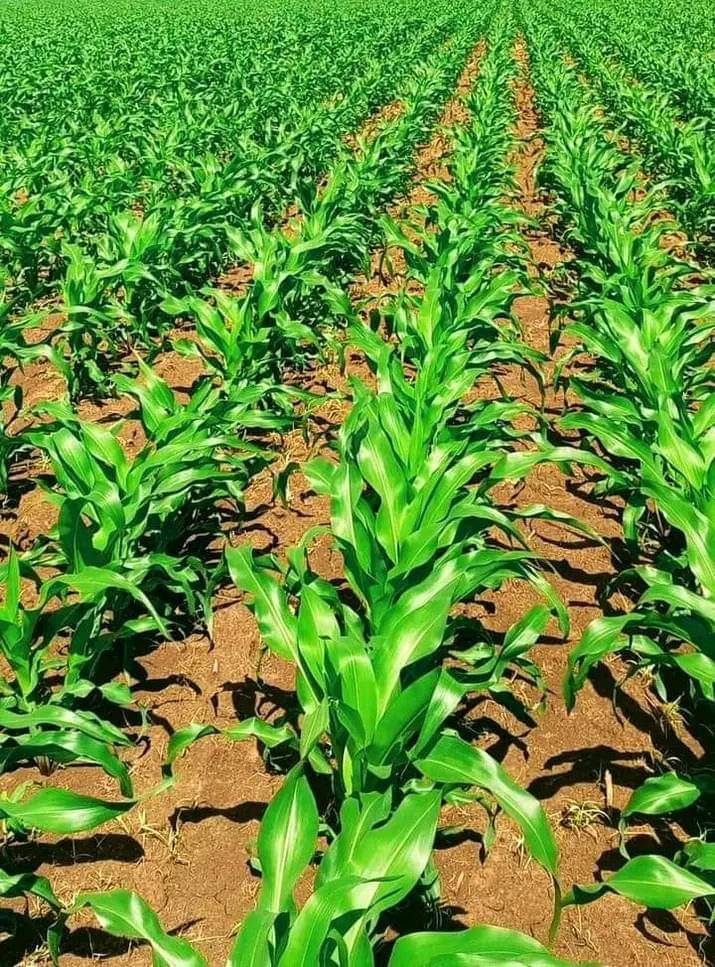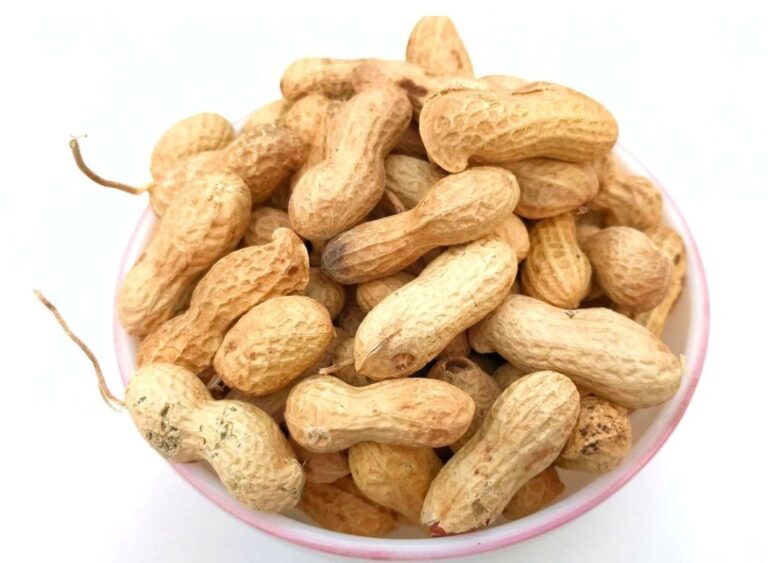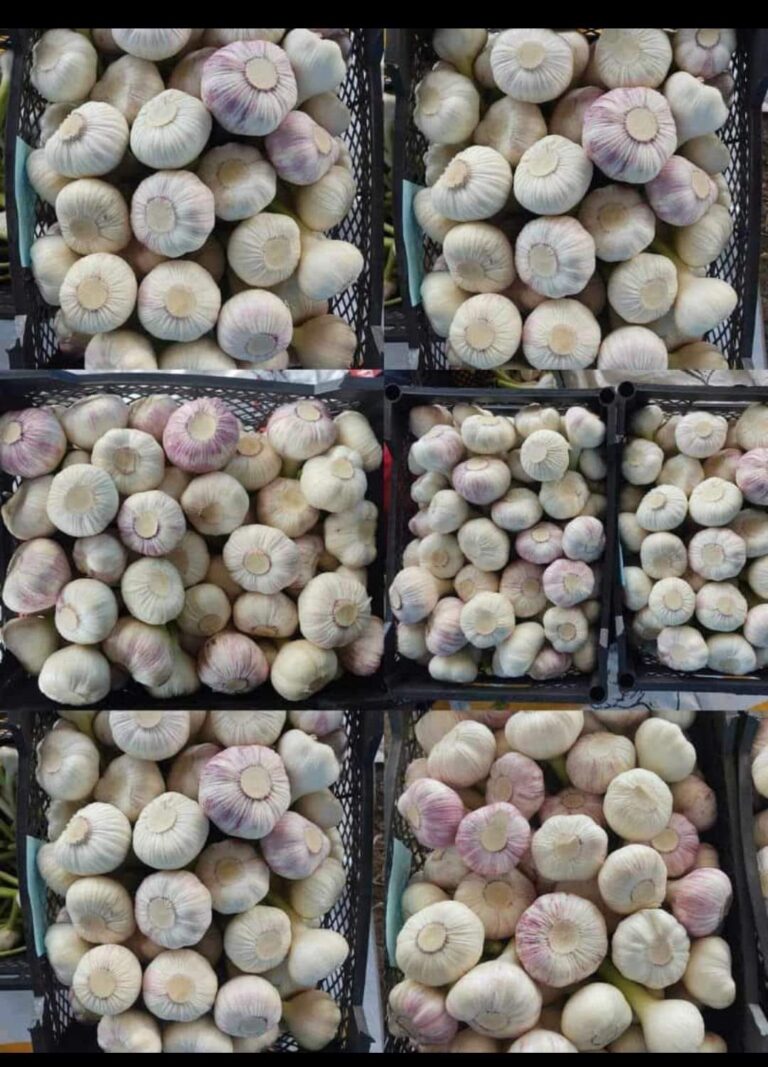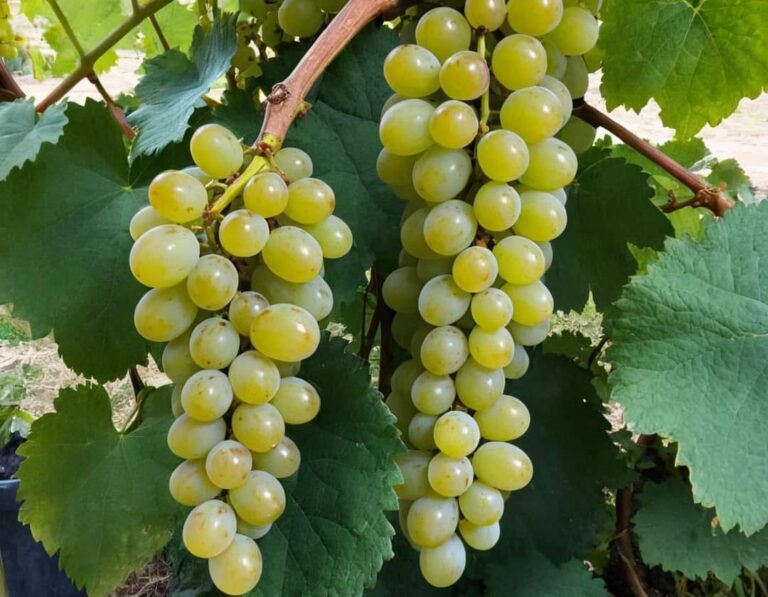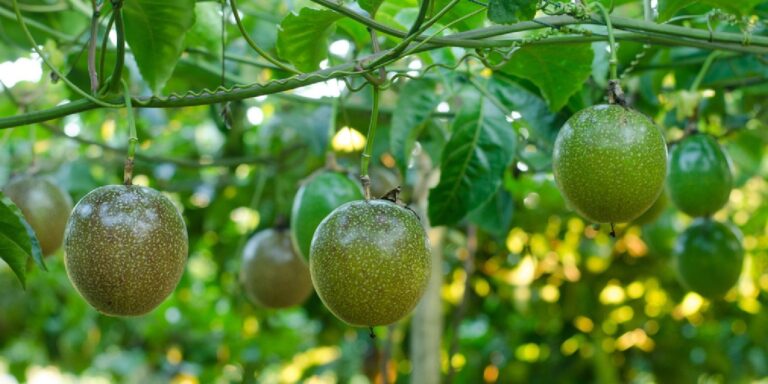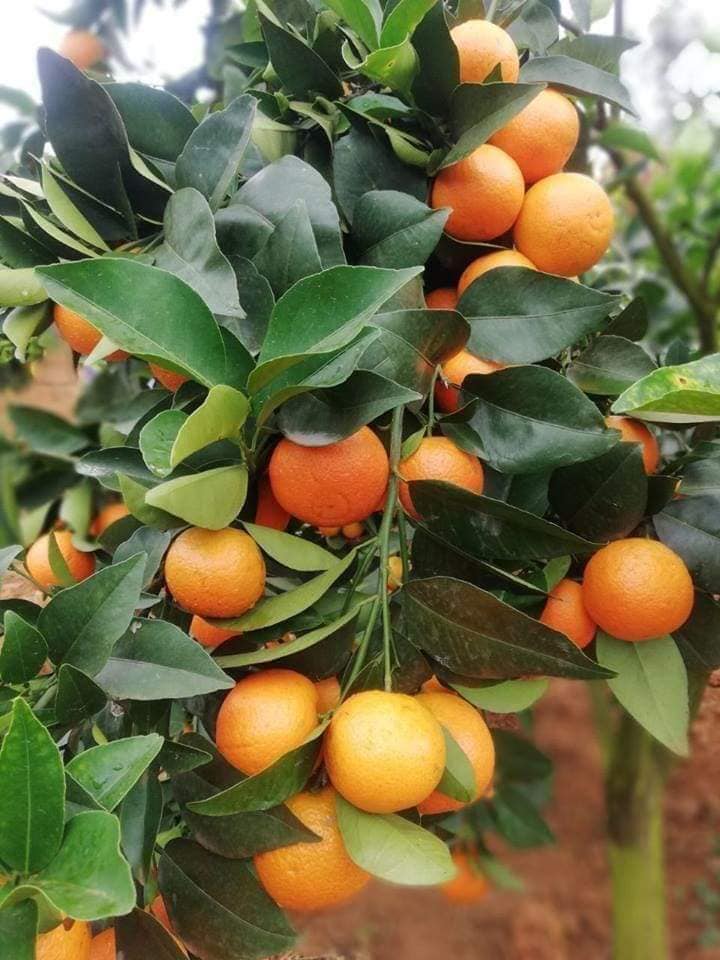Best Top Dressing Fertilizer for Maize in Kenya
Maize is a staple food crop in Kenya, with over 3 million farmers growing it across the country. Proper fertilizer application, especially top dressing, is crucial for optimizing maize yields.
Top dressing refers to the application of fertilizer on the soil surface around established crop plants. This article discusses the suitable top-dressing fertilizers for maize in Kenya and best practices for their effective utilization.
Importance of Top Dressing for Maize
Maize has a high demand for nitrogen during the rapid vegetative growth stage. Top dressing with nitrogen fertilizers at this stage boosts plant growth, leaf area development, and photosynthetic activity. This results in increased grain yields compared to relying solely on basal fertilizer application.
Top dressing is also useful for correcting nutrient deficiencies detected through plant monitoring during the crop cycle. Spotting and responding to deficiencies through top dressing improves overall plant nutrition and health.
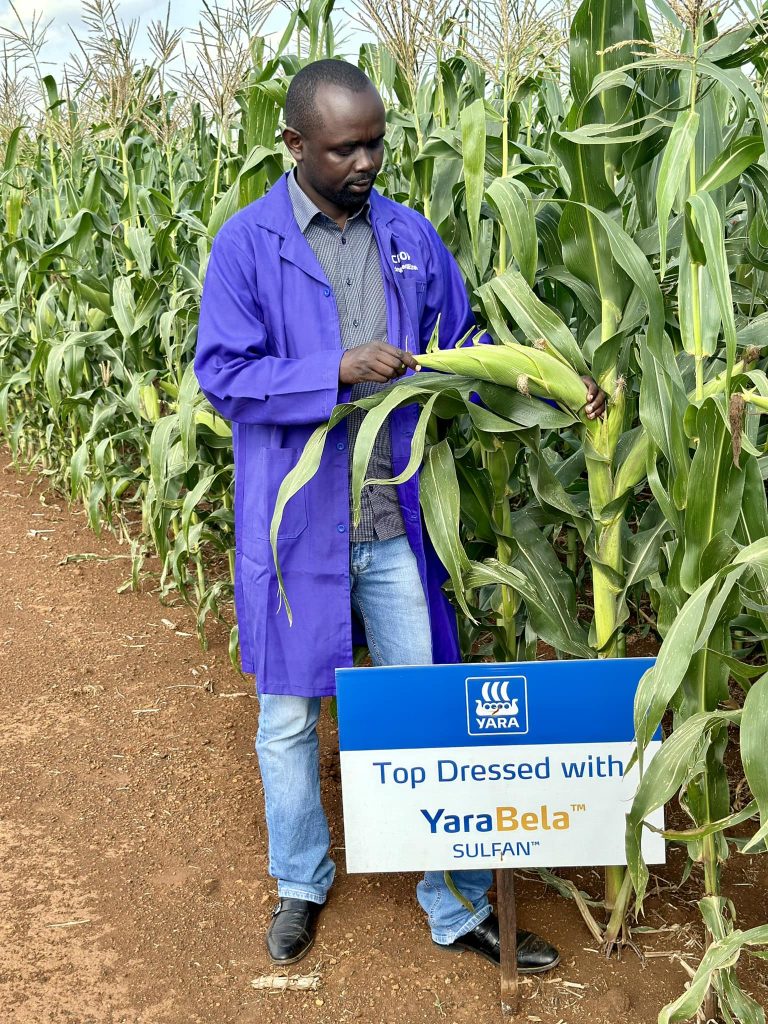
Common Top Dressing Fertilizers for Maize in Kenya
The most suitable top dressing fertilizers provide a readily available nitrogen source. Common options used by maize farmers in Kenya include:
- Calcium ammonium nitrate (CAN) – Supplies 27% nitrogen along with calcium. The nitrogen is in both nitrate and ammonium forms for rapid uptake.
- Urea – Contains 46% nitrogen in the amide form. It has a high nitrogen concentration per unit weight, making it logistically efficient.
- Ammonium sulfate – Provides 21% nitrogen and 24% sulfur. The nitrogen is in the ammonium form, which resists leaching losses.
- Diammonium phosphate (DAP) – Supplies 18% nitrogen and 46% P2O5. A starter fertilizer that provides some nitrogen.
CAN is generally preferred as a top dresser for maize in Kenya owing to its nitrate-N content for rapid crop response and calcium nutrition for optimal grain development. However, urea and ammonium sulfate can serve as cheaper alternatives.
Rates for Top Dressing Maize
Recommended top dressing rates for maize in Kenya are:
- 80-100 kg N/ha for medium potential areas
- 100-120 kg N/ha for high potential areas
- 60-80 kg N/ha for marginal rainfall areas
These rates apply for a target yield of 4-6 tons/ha. The requirements increase up to 150 kg N/ha under irrigation and improved agronomic practices for yields over 8 tons/ha.
Splitting the total nitrogen requirement between two to three top dressing applications improves fertilizer use efficiency.
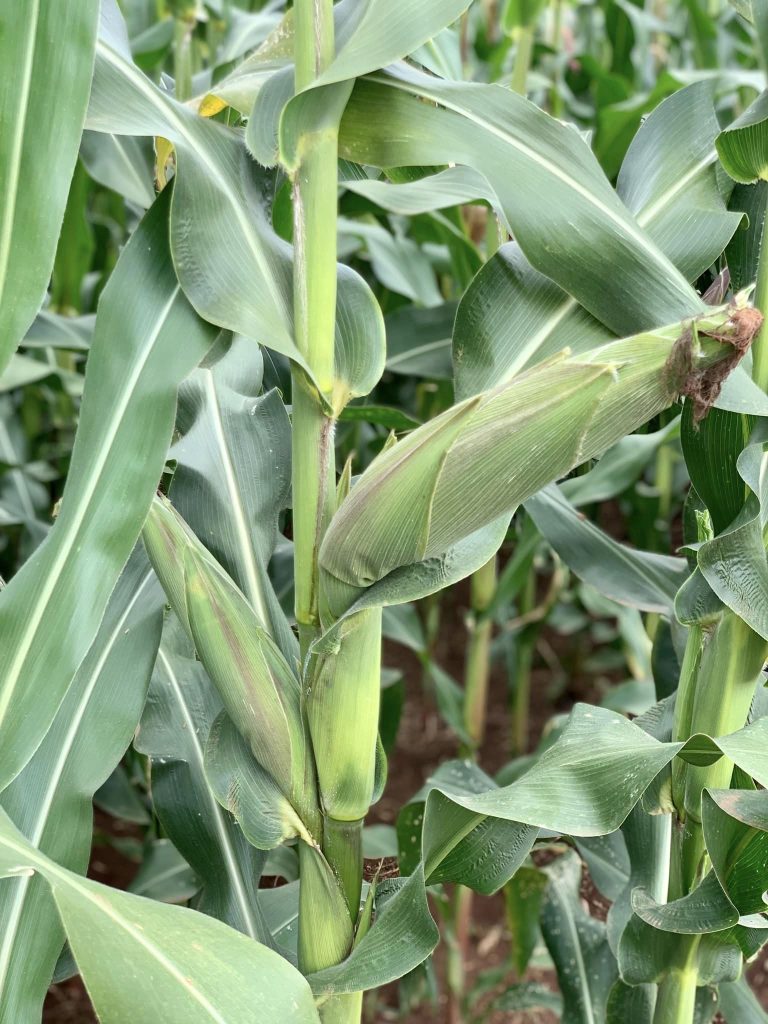
Timing of Top Dressing
The ideal timing for top dressing maize is:
- At the 8-10 leaf stage for the first top dressing
- During rapid stem elongation for the second top dressing
- At tasselling or silking for a third application if needed
The first top dressing supports the phase of active vegetative growth and leaf area expansion. The second application caters to the high nitrogen requirements during stem elongation and tassel development.
The tasseling stage application helps grain filling if deficiency symptoms are observed.
Top Dressing Application Methods
Common top dressing application methods for maize include:
- Band application: Placing fertilizer in bands 5-10 cm away from the plant base. This localizes nutrients near the roots for efficient uptake.
- Broadcasting: Uniformly spreading fertilizer on the soil surface between crop rows using broadcast spreaders. Requires proper calibration to avoid over or under-application.
- Foliar spraying: Applying liquid fertilizer formulations like urea, CAN or ammonium sulfate on the maize foliage. Provides rapid nutrient correction but risks leaf damage if not done properly.
Band application localizes the fertilizer in the root zone for better absorption but is more labor-intensive.
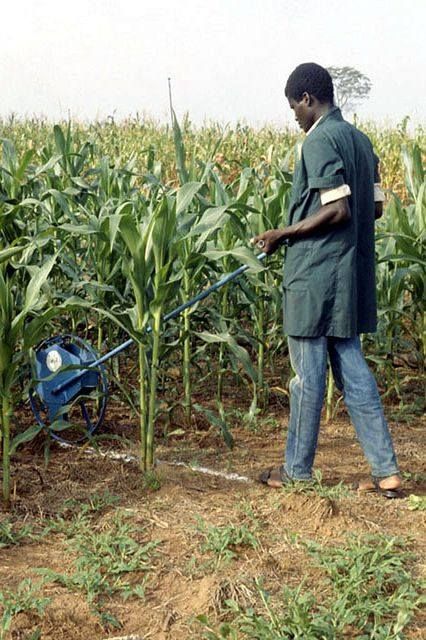
Broadcasting is suitable for large fields but risks losses if heavy rainfall follows application. Foliar sprays provide flexibility but require specialized equipment and formulations.
Best Practices for Top Dressing Maize
Some recommendations for effective top dressing of maize include:
- Choosing fertilizers with minimal salt index to prevent leaf scorching
- Splitting total nitrogen requirement into 2-3 applications based on crop stages
- Applying before expected rainfall to incorporate fertilizer into the soil
- Using nitrification inhibitors with urea to minimize nitrogen losses
- Adopting proper band placement techniques for localized application
- Following recommended top dressing rates based on realistic yield goals
Conclusion
Top dressing with nitrogen fertilizers like CAN is critical for boosting maize productivity in Kenya. Split applications timed with crop growth stages enables efficient nitrogen utilization while minimizing losses.
Combined with good agronomic practices, top dressing helps Kenyan maize farmers optimize yields and income from this staple cereal crop.
Proper nutrient stewardship through soil testing, plant monitoring, and need-based fertilization ensures sustainable long-term soil health and productivity.
